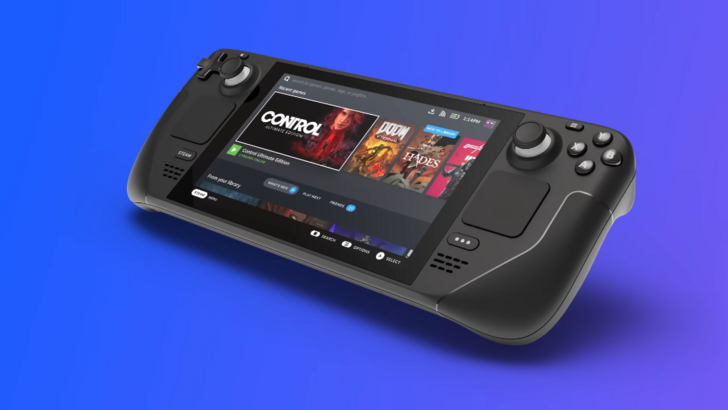
Valve's Steam Deck: A Generational Leap, Not Annual Upgrades
Unlike the rapid yearly upgrade cycle prevalent in the smartphone market, Valve has confirmed that the Steam Deck will not receive annual iterations. This strategic decision, explained by designers Lawrence Yang and Yazan Aldehayyat in a recent interview with Reviews.org, prioritizes substantial improvements over incremental changes.
Yang explicitly stated their rejection of the "yearly cadence" adopted by competitors, arguing that frequent, minor upgrades are unfair to consumers. Instead, Valve aims for significant, "generational leaps" in performance and features, ensuring that each new Steam Deck model represents a worthwhile investment. This approach also prioritizes maintaining battery life, a crucial aspect of handheld gaming.
Aldehayyat emphasized Valve's focus on addressing user needs and improving the experience of playing PC games on the go. While acknowledging ongoing areas for improvement, he highlighted the Steam Deck's innovative touchpads, a feature absent in competitors like the ROG Ally, and expressed hope that other manufacturers would adopt similar solutions.
The team openly discussed features they wished to include in the OLED model, primarily a variable refresh rate (VRR). They regrettably missed the implementation deadline for the OLED launch, despite user and internal demand. Yang clarified that the OLED version wasn't intended as a second-generation device, but rather a refinement of the original. Future improvements, such as extended battery life, remain a key focus, but are contingent on overcoming current technological limitations.
Despite the lack of frequent hardware updates, Valve doesn't view the increasing competition from devices like the Asus ROG Ally and Ayaneo products as an "arms race." Instead, they welcome the innovation spurred by the Steam Deck's success and are excited to see the evolution of the handheld PC gaming market.
The decision to avoid annual releases may also be influenced by the ongoing global rollout of the Steam Deck. Its official launch in Australia in November 2024, over two years after its initial release, highlights the logistical complexities involved in establishing global distribution and support networks. This underscores the challenges of managing international sales, particularly in regions like Mexico, Brazil, and parts of Southeast Asia where the Steam Deck remains officially unavailable. While accessible through unofficial channels, users in these areas lack access to official support and warranties. Conversely, the Steam Deck is readily available in the US, Canada, much of Europe, and parts of Asia.
















